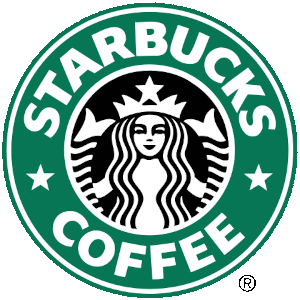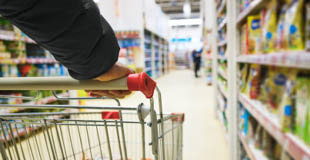Key Findings
- Starbucks has a beyond restricted material list (BRML) that applies to packing and shipping materials. Starbucks has also pledged to expand its BRML to include 100% elimination of polystyrene plastic in food packaging by 2025. Although Starbucks has joined the NextGen Cup Challenge, partnering with Closed Loop Partners to design and commercialize a globally recyclable and/or compostable cup, there is no indication that this effort addresses chemical safety.
- Despite substantial public attention to toxic indirect food additives, including PFAS, phthalates, and bisphenols, as well as to plastics of environmental health concern (PEHCs), there is no indication that Starbucks is taking substantial action to address these challenges.
Recommendations for Starbucks
- Starbucks can make progress by building on its BRML for operations to develop a public written safer chemicals policy covering any toxic indirect food additives that may be in food contact materials, addressing at least bisphenols, per- and polyfluoroalkyl substances (PFAS), and phthalates.
- We urge the company to set public quantifiable goals with clear timelines to eliminate and safely replace both plastics of environmental health concern (PEHCs) in its packaging, beyond polystyrene, and any toxic indirect food additives that may be in food contact materials. Starbucks should also publicly disclose the alternatives used to replace CHCs or PEHCs after eliminating them.
- The company should become a signatory to the Chemical Footprint Project and pilot it with key private-label suppliers.
Grade History
Raise your voice! Send a message to the retailers who earned an F to protect their customers!
Take Action
How does Starbucks compare to its competitors?
Analysis of Starbucks
Oversight: Established management responsibilities and incentives
Disclosure: Requires suppliers to report use of chemicals in products to retailer
Action: Reduced or eliminated chemicals of high concern (CHCs) or plastics of environmental health concern (PEHCs) within the last three years
Safer Alternatives: Evaluates safer alternatives, avoids regrettable substitutes
Transparency: Demonstrates a commitment to transparency and public disclosure
Third-party Standards: Promotes credible third-party standards for safer products
Extra Credit:
Joint Announcement: Public commitment demonstrated through joint announcement
Continuous Improvement: Shows continuous improvement by steadily expanding safer chemicals policy
Collaboration: Actively participates in collaborative process to promote safer chemicals
Impact Investment: Investing financial resources into independent research into safer alternatives and/or green chemistry solutions


